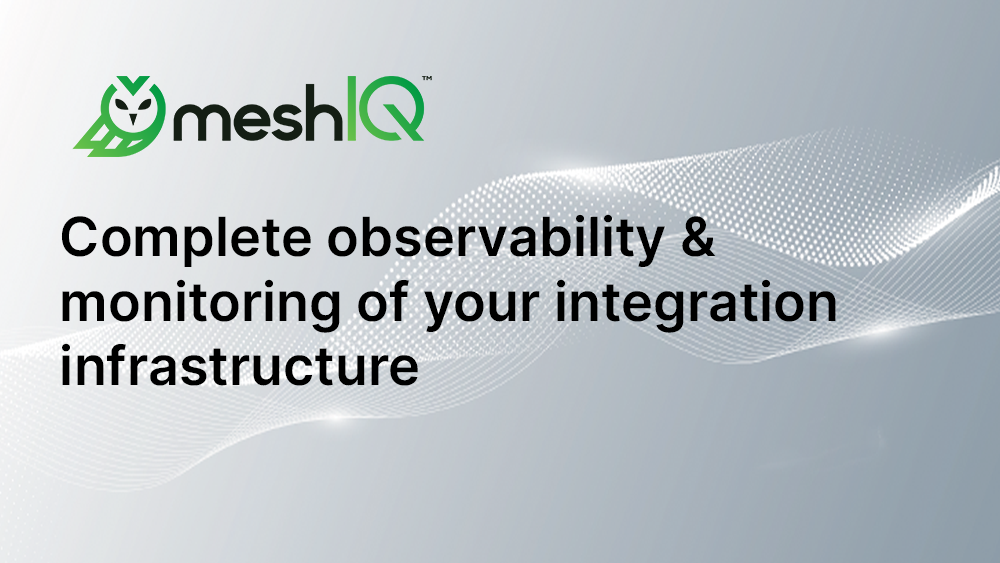Complete observability & monitoring of your integration infrastructure

Integration is a fundamental part of any IT infrastructure. It allows organizations to connect different systems and applications together in order to share data and information. As organizations become more complex and interconnected, they need to ensure they have complete observability and monitoring of their integration architecture. This is essential in order to discover, understand and fix any issues that can arise. Nastel’s complete observability & monitoring of integration infrastructure gives 360° Situational Awareness®
Background
The need for having a complete observability & monitoring of integration infrastructure solution has been driven by the increasing number of integration services, systems, architectures and applications being used by enterprises. It is now necessary to have a comprehensive view of the entire integration ecosystem to avoid issues with data availability, latency, reliability and performance.
Observability & Monitoring
Complete observability & monitoring of integration infrastructure is essential in order to ensure continuation of operations and prevention of system outages. It is important for organizations to be able to have visibility into the performance and reliability of their integration infrastructure. This requires a combination of tooling and practices, such as logging, metrics, tracing, alerting and visualization. Nastel Navigator provides visibility into the entire integration environment.
Logging
Logging is one of the most important aspects of observability & monitoring. Logs should be collected and stored in a centralized location. They should be clearly labeled and easily accessed. Logs can capture all the necessary information in order to properly track the performance of the infrastructure.
Metrics
Metrics are essential in order to understand the performance of the integration infrastructure. Metrics are collected, stored and monitored in order to be able to analyze changes in the environment. Metrics should be collected from the applications and infrastructure in order to properly track performance.
Tracing
Tracing is also essential for understanding the flow of data through the system. It is important for organizations to understand where data is being received, processed and stored. Traceability helps organizations identify and pinpoint any issues that may arise.
Alerting
Alerts allow organizations to be notified of any issues with the integration infrastructure. Alerts should be configured to notify administrators of any changes in the environment, including changes in performance or reliability.

